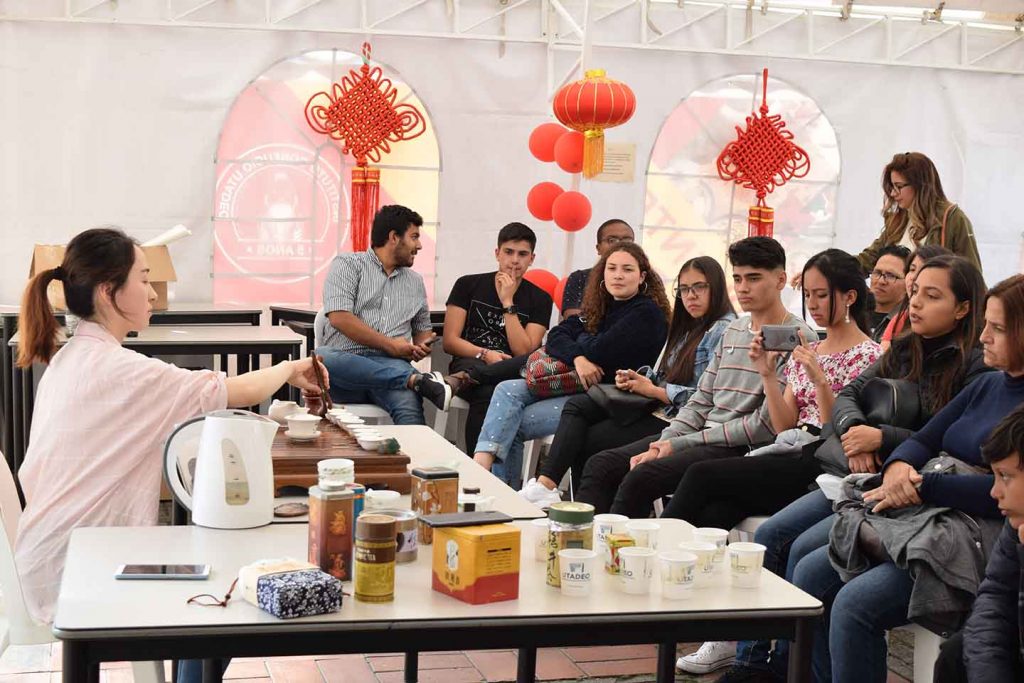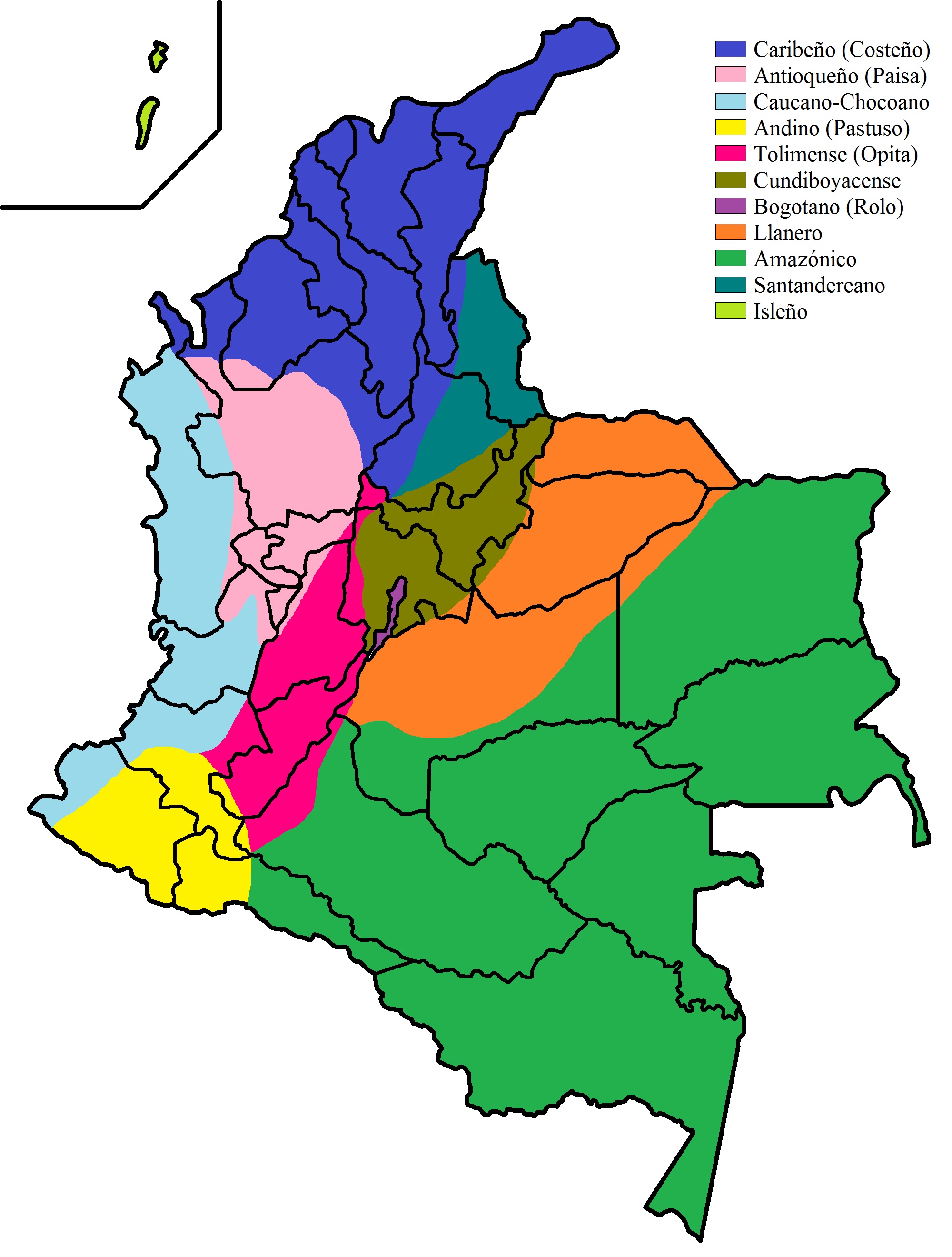
With Chinese New Year nearly upon us – and a porky but prosperous year ahead – we say ni hao to the oriental giant
China has been a mysterious entity for most Colombians for many years, seen mostly as a source of cheap consumer goods and even cheaper mixed rice dishes. However, the Chinese whispers are getting louder as links between the two countries grow stronger.
Despite Colombia not having a Chinatown to rival the likes of London or San Francisco, Chinese immigration has a long history in the country. Significant numbers of workers were brought to Colombia to work on the development of the (now mostly defunct) rail network in started in the 1840s, and again during the construction of the Panama Canal in the 1880s. Many opted to stay.
Also setting up shop have been a number of Chinese businesses, such as mobile and communications conglomerate Huawei which employs around 1,000 people here. Business links between the two countries look set to grow following last November’s commercial dialogue event. As Jaime Suárez, executive director for the Colombian Chinese Investment and Commerce Chamber, says, “we’re working to dispel the myth that China means competition and cheap, low-quality products.” The challenge faced by Chinese businesses in Bogotá is shaking off this reputation centred on the cheap goods found in the bustling back-streets of San Victorino.
And there’s understandable wariness about Beijing’s trade muscle and growing influence simply crushing an emerging economy like Colombia’s. But following free trade deals with Peru and Chile, there are also growing opportunities for Colombian companies. Many businesses are now looking eastwards.
China’s Belt and Road Initiative, which was launched in 2013, aims to strengthen links and trade with other countries. November last year saw China hold its first international Import Expo in Shanghai, at which companies from over 170 countries got together to show off their wares. One of the few countries not to make an appearance was Colombia, however: despite offers to take companies there, no-one was willing to make the journey.
As Colombia’s tourism industry continues to develop, many hope to get a larger slice of the Chinese tourism pie. With growing prosperity levels, and a population of 1.3 billion, it’s a potentially big pie even if only a small percentage can be tempted to visit the land of magical realism. The trend is upwards, with 13,446 visiting Colombia in 2017, compared to 1,336 in 2005.
Although the US continues to hold its leading position as Colombia’s main commercial partner, China has no desire to be left behind, representing as it does the second biggest importer to Colombia and the third biggest receiver of Colombian exports.
China’s interest in production is clear from these exports, with around 90% of them being from the mining and energy sectors. And as the US-China trade wars continue to heat up, Colombia has found itself right in the middle of the two economic giants.
As Colombia’s tourism industry continues to develop, many hope to get a larger slice of the Chinese tourism pie. With growing prosperity levels, and a population of 1.3 billion, it’s a potentially big pie even if only a small percentage can be tempted to visit the land of magical realism. The trend is upwards, with 13,446 visiting Colombia in 2017, compared to 1,336 in 2005.
Diego Gaitán, head of the Zone Franca de Bogotá Group, suggests tourism could thrive more by operators offering complete trips so that Chinese travellers get more bang for their buck. “We need to package holidays in a way that allows tourists to visit various regional destinations, like Mexico, Peru and Ecuador as well as Colombia. That way, there’s more benefit in return for the journey.”
Li Nianping, Chinese ambassador to Colombia, is enthusiastic about boosting these relations, and is keen to talk about his desire “to share the love between the Colombian and Chinese people that I’ve felt first hand while travelling to 25 departments over the last three years.” His favourite tourist destination, incidentally? “I’ve done a lot of work promoting the (Zipaquirá) salt cathedral over the years!”
It’s not all about business and tourism though: various strands of China’s rich cultural tapestry can be found in Colombia. As Jack Burton knows, China is in the heart. A great place to start is the Confucius Institute, the non-profit organisation which was set up by the Chinese Ministry of Education in 2004. Now present in dozens of countries, Colombia has three sites, each of which is run in partnership with a university: Tadeo and Los Andes in Bogotá, and EAFIT in Medellín. As Martha Ferro from the Tadeo institute says, “It’s all about spreading the culture of China.”
It’s all Chinese to me
A large part of this is done through the language, which for all its complexity, is gathering momentum in Colombia. The Confucius Institute runs everything from “China Express” activities in different parts of city, which aim to give people a flavour of vocabulary like numbers and basic expressions, to complete language courses. When asked if students struggle with the calligraphy elements of the course, Martha smiles. “It isn’t difficult, really. But it is time-consuming!”
Related: Turning Japanese, the connection between Colombia and Japan
Martha is also keen to emphasise that the Confucius Institute may show people many aspects of Chinese life, but it isn’t there to teach its political doctrine “China has no interest in promoting socialism. It’s just what works for them.”
Instead, the institute’s cultural activities cover a range of different options, including events with writers and poets, activities such as knot-making, tea ceremonies and traditional table-top games like Go and Mahjong. Full information about upcoming events is available through the institute’s social networks.
Not content with learning about it in their own countries, more and more students are taking the chance to go to university in China. Around half a million people from around the world studied at Chinese universities last year, and the number of Colombians included in that number is growing. We spoke to Telismar Salazar, who has been there studying a Master’s in Business Management over the last four months.
Related: The French connection
“It’s a country which surprises me every day, and moving from Bogotá to Shanghai has been a complete change for me,” he told us. Telismar did finds some cultural similarities: “Chinese people are also excellent hosts, and we’re very similar in terms of generosity and hospitality.”
We also talked to Zhang Kaidi who has been working in Bogotá as a teacher of Chinese for the last six months. Encouraged to come here after meeting his Barranquilla-born girlfriend in China, he stresses how much he loves the Colombian attitude to life. “There’s a magic here. People feel happy all the time!”
We took the chance to ask Zhang about the best place to sample authentic Chinese food in the city. The fact is oriental cuisine has taken a real beating in many restaurants in Colombia with the spice taken out and a focus on quantity rather than quality. For the genuine taste, Zhang recommends Beijing in Calle 96 with 46, in the north of Bogotá: “Worth going there just for the hotpot,” he adds.

Now the Chinese New Year is nearly upon us and on February 5, the Year of the Dog will give way to the Year of the Pig. In fact, the Earth Pig, if you want to be exact. The Pig, despite bringing up the rear of the Chinese zodiac animals, promises high incomes, abundance and prosperity.
Definitely sounds like this particular porker will be a welcome visitor as we toast him in over a plate of lechona – traditional Colombian baked pig – with Chinese spice and hoisin sauce. Just like yin and yang, Colombia and China might just be two apparently different yet complementary entities after all





